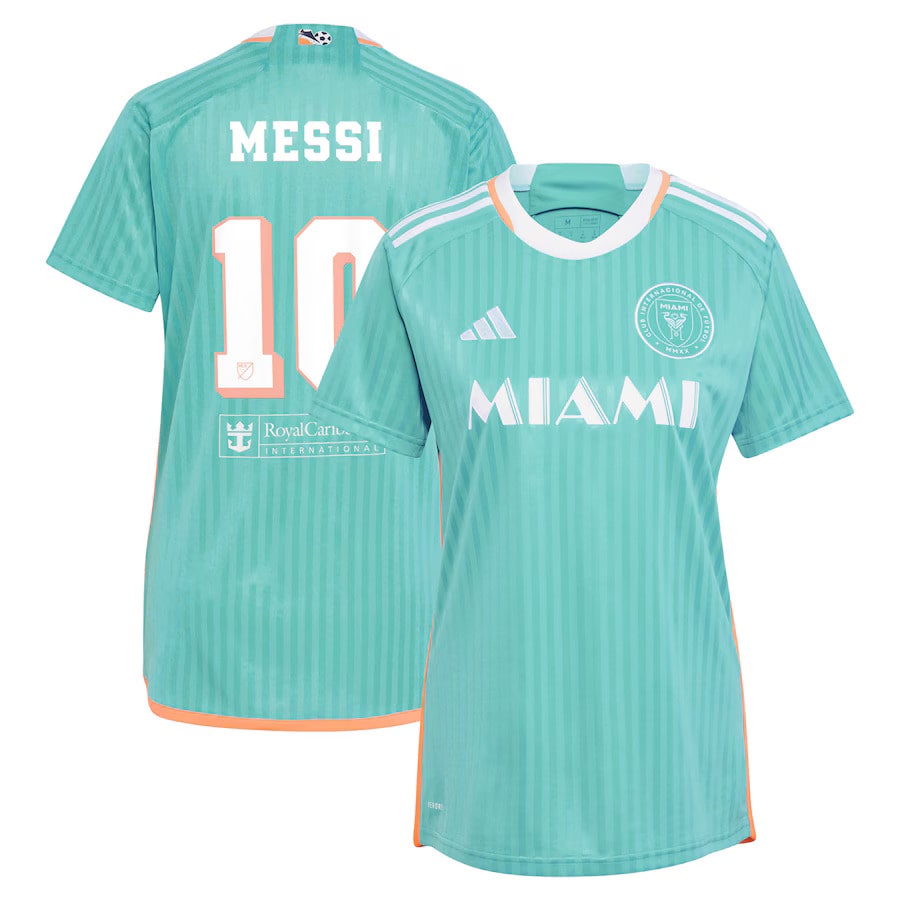Football, as one of the most popular sports worldwide hasn't only changed in terms of gameplay strategy, tactics, or fan engagement and engagement, but also in terms as soccer uniforms. Its evolution in football kits starting with simple woolen jerseys to the latest, high-tech performance equipment, speaks to the sport's development and growing influence on the world. It doesn't matter whether you're a supporter of older clubs or more modern ones like Inter Miami, football attire is a key aspect of the football experience each season is a fresh chapter in the history of kit.

The Early Days: Simple Designs and Heavy Materials
In the early days playing football, athletes wore simple woolen jerseys, typically in the team's preferred colors typically with little regard for comfort or technology. The shirts were heavy and absorbent, and could cause discomfort in games particularly during hot weather. The shirts were devoid of brand logos of sponsors or modern branding and their style was minimalist. Soccer uniforms during the in the 19th or early 20th century were usually made of fabrics like wool. These materials, although tough, were not light or breathable.
The most distinctive feature of football kits in the time of simplicity. Teams were able to choose plain designs and minimal ornamentation. Kit Inter Miami for example however, despite being a relatively new club offers a sense of nostalgia for old kits, focusing on the sleekness and simplicity of its design, although it's a modern outfit.

The 1960s-1970s: Introduction of Synthetic Materials
In the 1960s and 1970s football uniforms began to evolve by the introduction textiles made of synthetic material. Polyester was a popular choice that was lighter and more breathable alternative to wool. The design of football kits also began to reflect a more contemporary style as well, thanks to the introduction of team logos and numbers on the shirt. In the same era was the introduction of sponsor logos but they were still rather modest in comparison to what we see today on kits.
The time was marked by the introduction of football kits that were more than just practical but also stylish. In the 1970 World Cup, for example included the famous Brazilian green kit, which became an emblem of high-quality football and global identity. The revolutionary design changes of 1970s laid a foundation to make future modifications, which made football kits a element of the sport's identity.

The 1980s-1990s: Commercialization and Bold Designs
In the late 1980s and early 1990s, football uniforms began to be commercialized. The sponsor logos were larger and larger, while teams started to experiment with more colorful designs. The time also saw that the use of short-sleeved shirts becoming the norm, even though long-sleeve shirts were still used for the colder seasons of matches. Football shorts became shorter and more streamlined, aligning with the streamlined design of the kits.
The 1990s also witnessed the emergence of strikingly bold designs which featured vibrant shades, geometric patterns and bold new designs. These iconic kits, like Manchester United's 90s jersey in the 1990s and AC Milan's red-and-black striped jerseys gained a lot of interest. In the same period they also noticed that officially-sponsored sponsors began to take more prominent positions on the uniforms, which led to designs that sometimes looked similar to billboards rather than traditional sportswear.
In the same period, teams like Inter Milan (whose kits are a reflection of Italy's soccer heritage) started incorporating more innovative designs and balancing traditional colors and patterns with contemporary. As late as the 90s, football kits became almost identical to the players themselves, representing the character of the team as well as off the field.
The 2000s: Technological Innovation and Performance
As football became more globalized in the early 21st century, kit manufacturers began to focus heavily on performance-enhancing technology. The 2000s were Jersey Inter Miami 2025 the time for the advent of lighter and more moisture-wicking fabrics like Adidas' ClimaCool or Nike's Dri-FIT technology that let players remain comfortable and dry in the hottest games.
The shirt designs were also sleeker with delicate patterns and more streamlined cuts. The kits of players were not just functional, but also innovative, with ventilation panels, stretchable fabrics and tailored fits. Sponsorships continued to increase in importance, with corporations like Nike, Adidas as well as Puma being at the forefront of charge in kit production and influencing the fashions for soccer teams across the world.
This was also the period that major clubs, such the likes of Barcelona and Real Madrid, began to invest heavily in their brand identity and design kits that reflected their modern and polished appearance.
The 2020s: Sustainability, Personalization, and Bold Statements
The most recent update of football uniforms has focused around green practices, personalization, and creating kits that are bold in and off the pitch. As of the 2020s have seen a rising demand for sustainable materials and many teams are shifting towards recycle fabrics and environmentally sustainable manufacturing methods. This shift aligns with a rising global awareness of sustainability as fans, players, and clubs alike seek to lessen their environmental impact.
In terms of design the new millennium has seen the appearance of more customized kits. Fans now have the choice to include their name and number to their jerseys